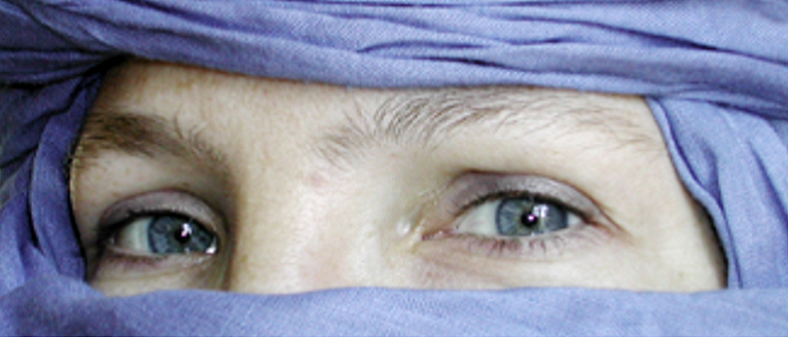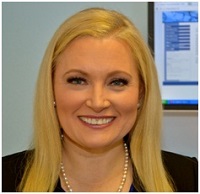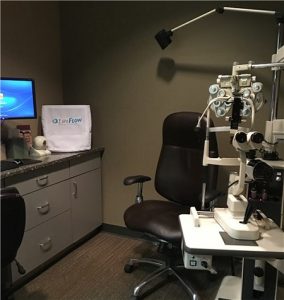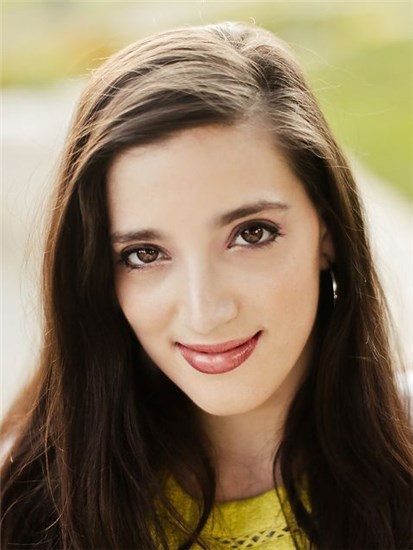
Vision therapy is a richly rewarding aspect of optometric practice. It provides opportunities to make a positive difference in the lives of old and young alike as you to equip them with the tools to learn, socialize, and achieve their dreams.
It also happens that vision therapy is a powerful practice-builder for an optometric practice. The strong family bonds you form in working with children and their families can provide numerous referrals that can grow your patient base exponentially.
In order to succeed in incorporating this optometric specialty into your practice, you need to acquire training and skills in the clinical aspects of vision therapy—and you also need to develop a professional network that provides you with a growing patient base. In this series of videos and links to resources, Review of Optometric Business provides a primer on “Vision Therapy: How It’s Done!”
Acquiring the Tools to Practice Vision Therapy”
To learn more about vision therapy, begin by building your knowledge base and skill level through a host of resources. >>Click HERE to View>>
“Vision Therapy: A Great Practice Builder”
If new in practice, or even if you are established, vision therapy offers growth opportunities. It is a revenue-builder as a fee-for-service specialty. It also is a strong generator of referrals for a patient population (children and young families) that often has yet to choose an eye doctor. Remarkably, one successful case in vision therapy can provide up to 50 referrals. >>Click HERE to View>>
“Key to Referrals: Work with Occupational Therapists”
To generate referrals, work closely with the occupational therapist that a child may already be working with. Inquire about this at intake, then ask the parent for consent to contact the therapist. The key is to work as a team with other professionals for the good of the child. Once you establish working relationships with occupational therapists, their influential referrals to your practice will prove to be a powerful patient-base builder. >>Click HERE to View>>
“Plan to Expand…and Offer More Services”
When you succeed with vision therapy, the need to expand comes quickly. Think ahead toward bringing in associates to provide more services and meet growing needs. Your alma mater or nearby optometry school may prove a fertile source of associates who share your values and work ethic. Further, in this mobile society, patients frequently move, and new potential patients move to your area. AOA resources can help you to locate and recommend capable optometrists who provide vision therapy in other areas of the country—and can help other optometrists to find you and refer families to your practice. In addition, embrace the AOA InfantSEE program to serve a vital need and build your practice in the process. >>Click HERE to View>>
“Caring for Children: Helping Kids to Be the Best They Can Be”
In our society, children are greatly underserved when it comes to eyecare. By offering a comprehensive eye exam to the young, you can spot vision conditions that, if left untreated, can result in a child being labeled learning disabled—and this can hold them back in life. In many cases, vision therapy can turn that around. Equip yourself to give a child the visual tools that enable them to be a great student. >>Click HERE to View>>

ANDREA P. THAU, OD, FAAO, FCOVD
Andrea P. Thau, OD, FAAO, FCOVD, is founder of Dr. Andrea P. Thau and Associates in New York City. She is an AOA Trustee and past president of the New York State Optometric Association. To contact her: APThau@AOA.org












